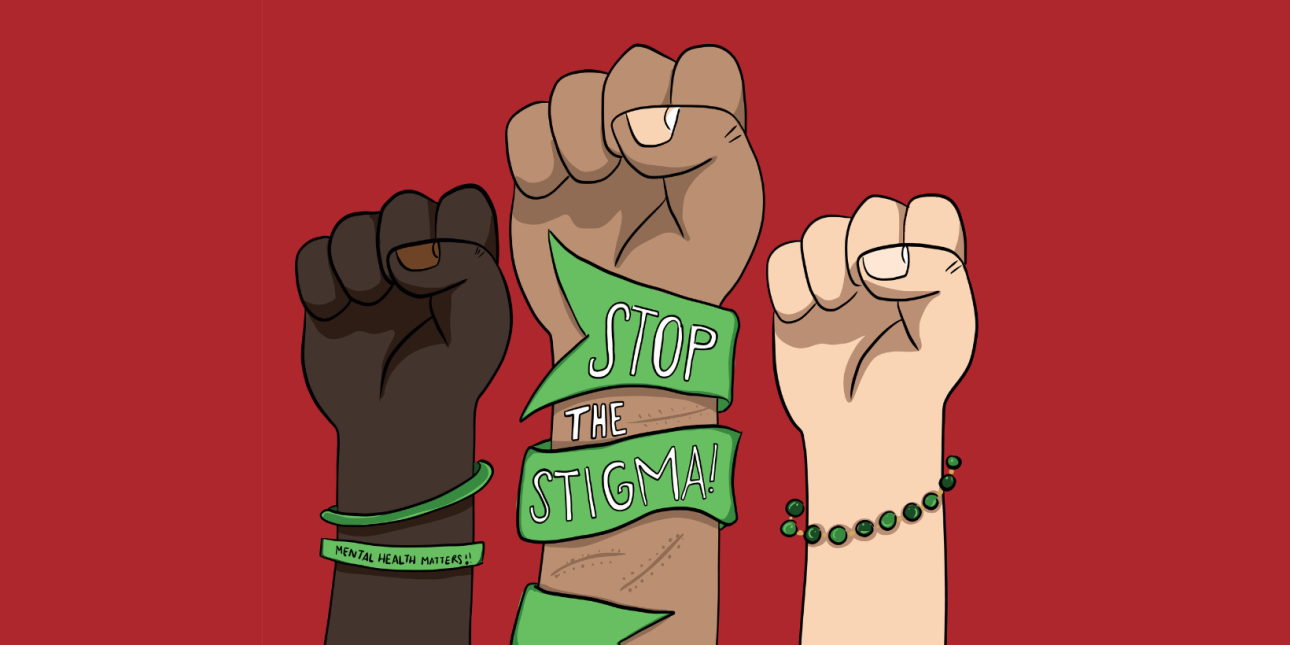
Welcome to the second module of this series exploring how to better support the mental health of young people in our communities. Even the most experienced supporter can be stifled by unchecked bias and prejudice rooted in stigma. EJ Velez, YCT consultant, highlights the importance of considering what responsive and adaptive relationships look like within environments that actively stigmatize mental health challenges.
- Building Community Team
Some of my diagnosable conditions I can hide, others I cannot, but you can’t hide who you are. To a young person, everyone's true colors show.
Unchecked stigma may be the first barrier to receiving support.
Young people are less likely to mention a mental health diagnosis due to the risk of being turned away or facing prejudice from service providers. Stigma and prejudice of mental illness may cause a service provider to question if the young person is truly in need. This even includes those minor double-takes along the lines of “Is their diagnosis making this seem worse than it really is?”
- Changing attitudes about mental health can be done alongside youth and young adults. United Way of Santa Cruz County’s Jóvenes SANOS is a youth leadership group working to shift stigma revolving around mental well-being and cultivating peer-to-peer connections.
When was the last time you considered your implicit biases?
Unchecked ideas about mental health can intersect with other biases and, ultimately, contribute to an environment where nearly half of the people who could benefit from support do not reach out, mostly due to stigma.
- Challenge yourself! Project Implicit offers a series of tests to assess and explore implicit associations impacting social attitudes and health.
- Watch how this provider, Michelle Alexander, (13 – 23 min) learns from and owns behavior rooted in bias. When we acknowledge bias and see the impact it has on a person's life, we can truly know the harm it causes.
Whether a young person is diagnosed with bipolar or ADHD, center well-being around their full personhood.
Building relationships primarily around a diagnosis can lead to unintended harm. As youth seek support, they take a leap of faith; as a service provider, lean into opportunities where young people feel seen, heard, and respected (Youth Mental Health First Aid Resources).
Numerous indicators of youth health and well-being have worsened significantly and experiencing a sense of connectedness is an essential part of shifting these worsening trends. This 2021 CDC Summary & Report on Youth Risk Behavior shows that we need to pause and listen to who we are supporting.
Depending on your role, mental health conversations will be far and few in between.
Prioritize responsive and appropriate support within the context of providing housing/shelter, food, or participating in a program. Sometimes it comes down to listening respectfully, responding reassuringly, and connecting with resources, if appropriate. If it is not a crisis, it is the end of that story.
That’s it for the second module of the Partnering with Youth and Young Adults to Transform Mental Health Narratives Toolkit. We would love to hear what stood out to you. Send us your thoughts at community@youthcollaboratory.org.
This toolkit is being released as a newsletter series in September 2023, with each module being delivered to inboxes every Tuesday morning. Learn more about new training and funding opportunities, news and policy updates, and how we can collectively strengthen outcomes for youth and young adults. Sign up for our newsletter to get the latest delivered straight to your inbox.
About the Author
EJ (He/They), is a current Albright University student, studying Applied Psychology & Behavioral Analysis. His passion stems from his own diagnosis that is mis-seen due to being disabled, with a drive to support youth in his community by highlighting it’s okay to not be okay… As the biggest smiles might hold the most pain.
